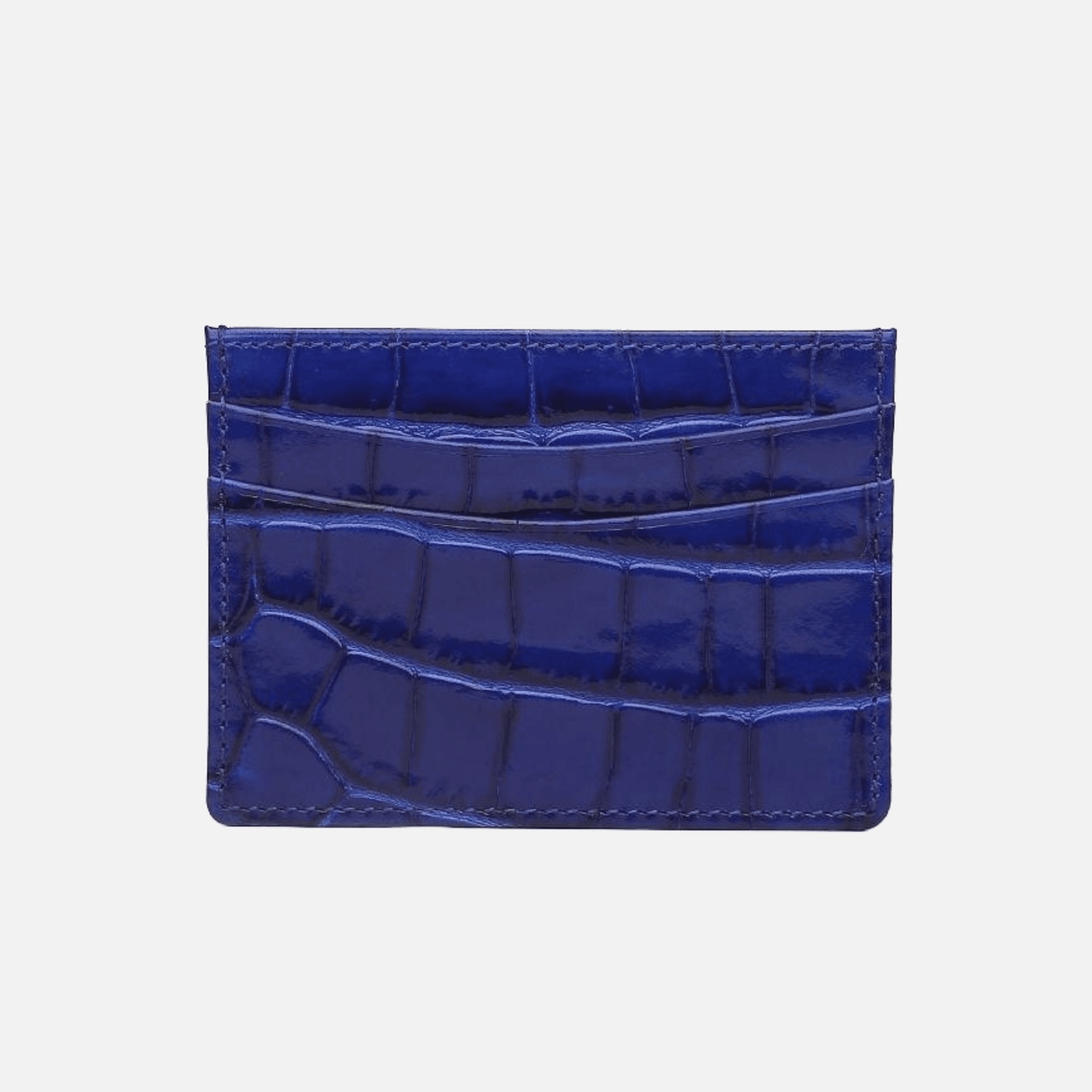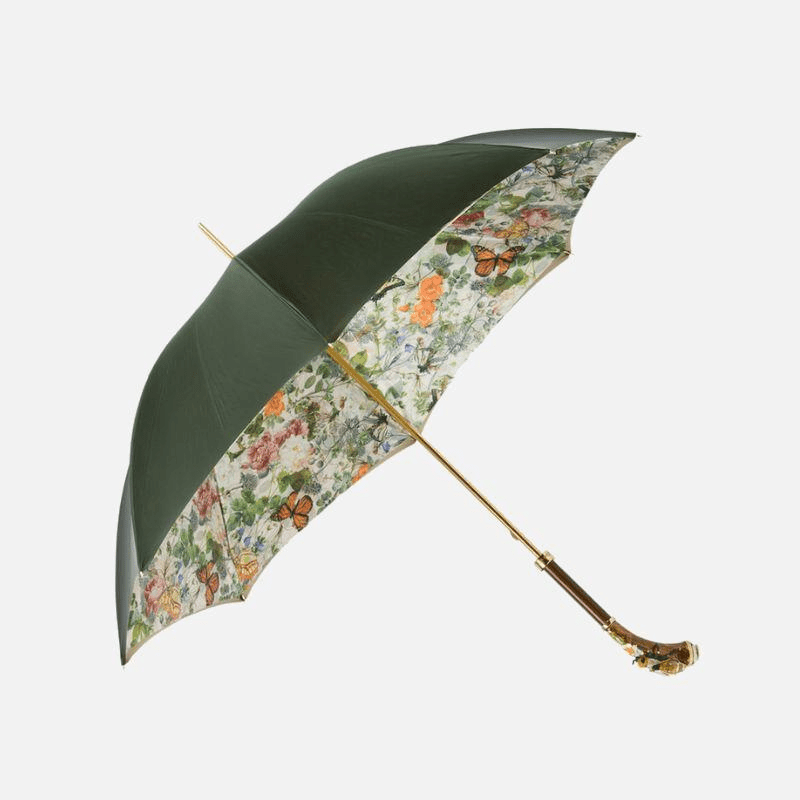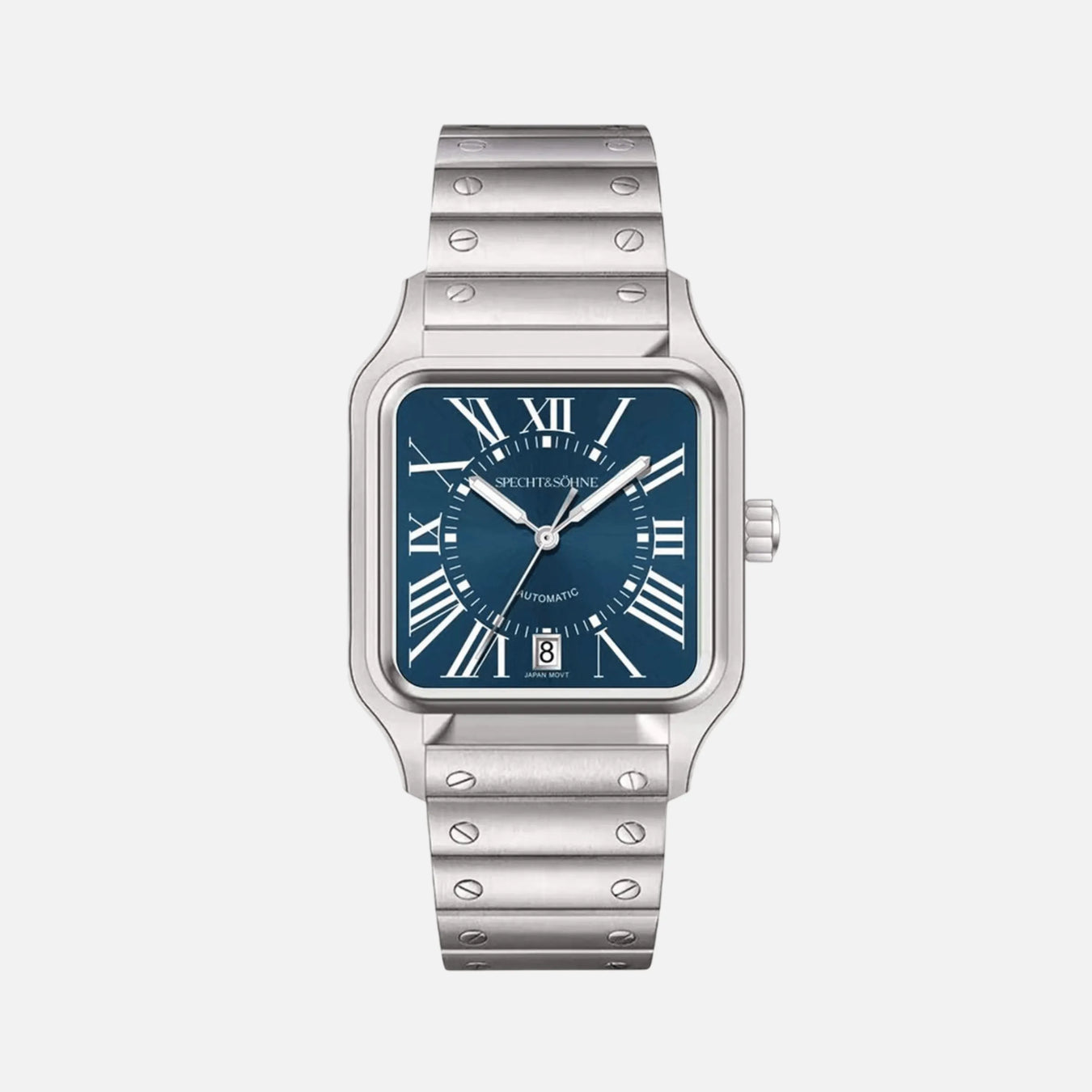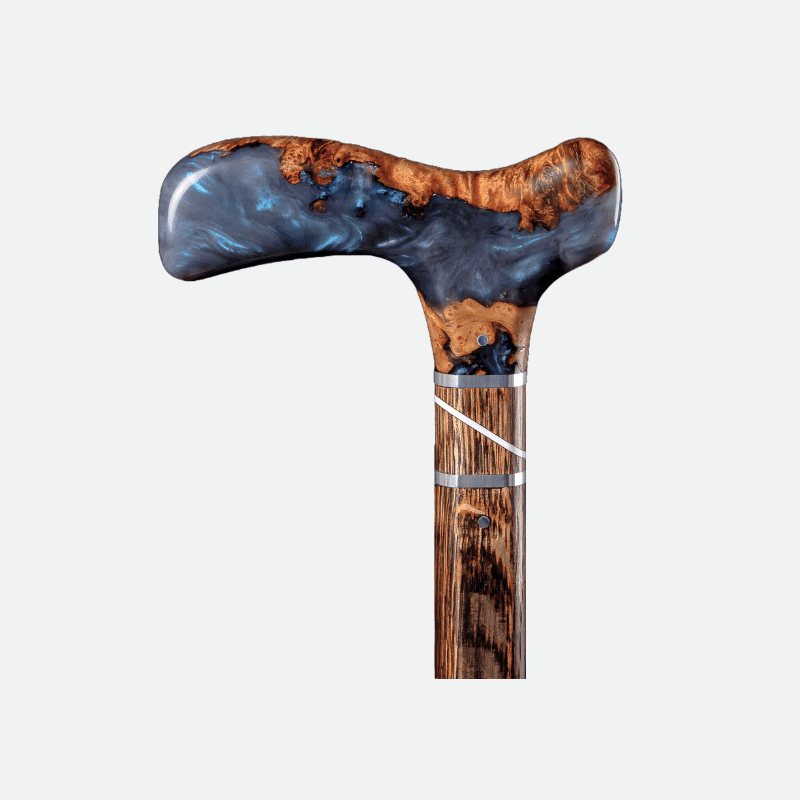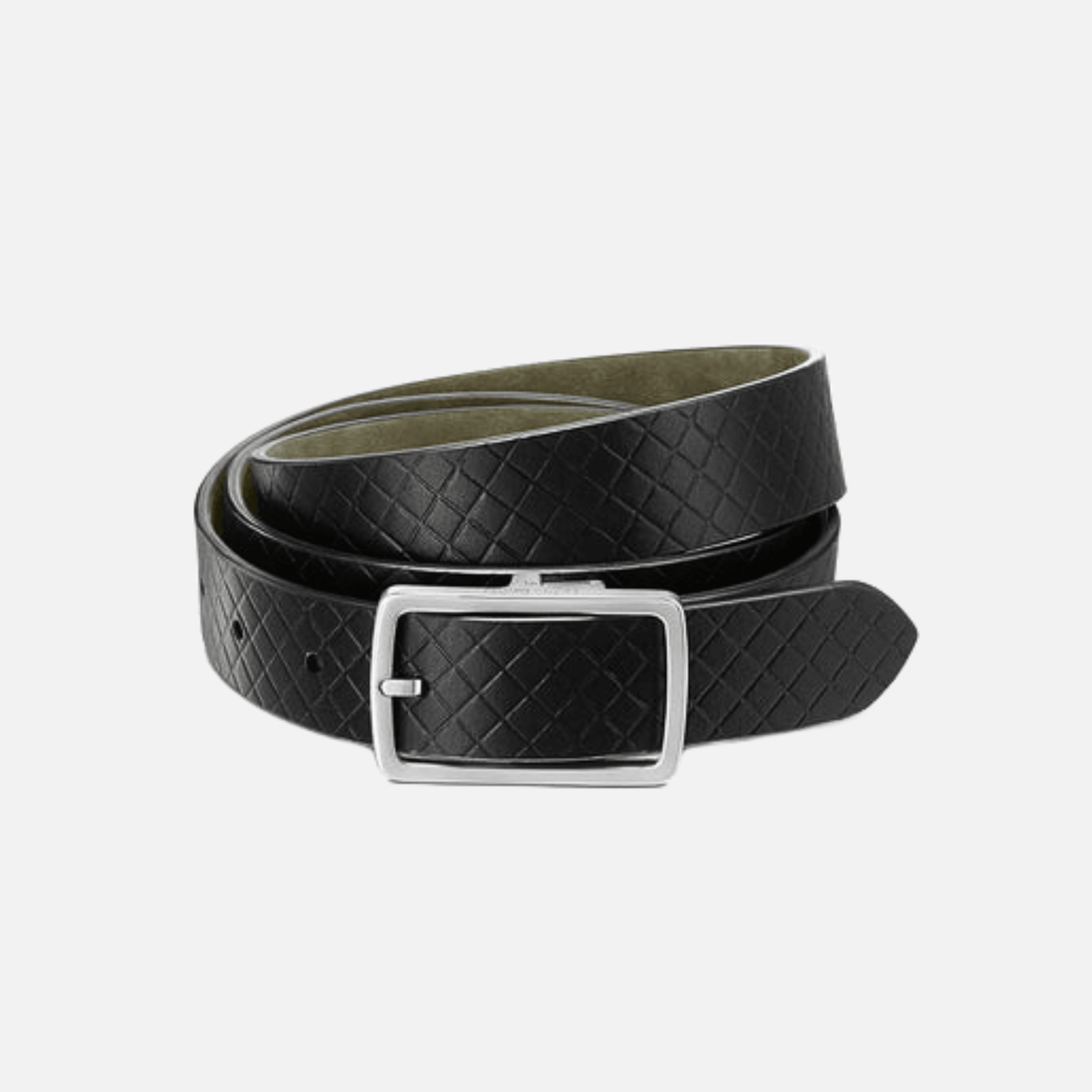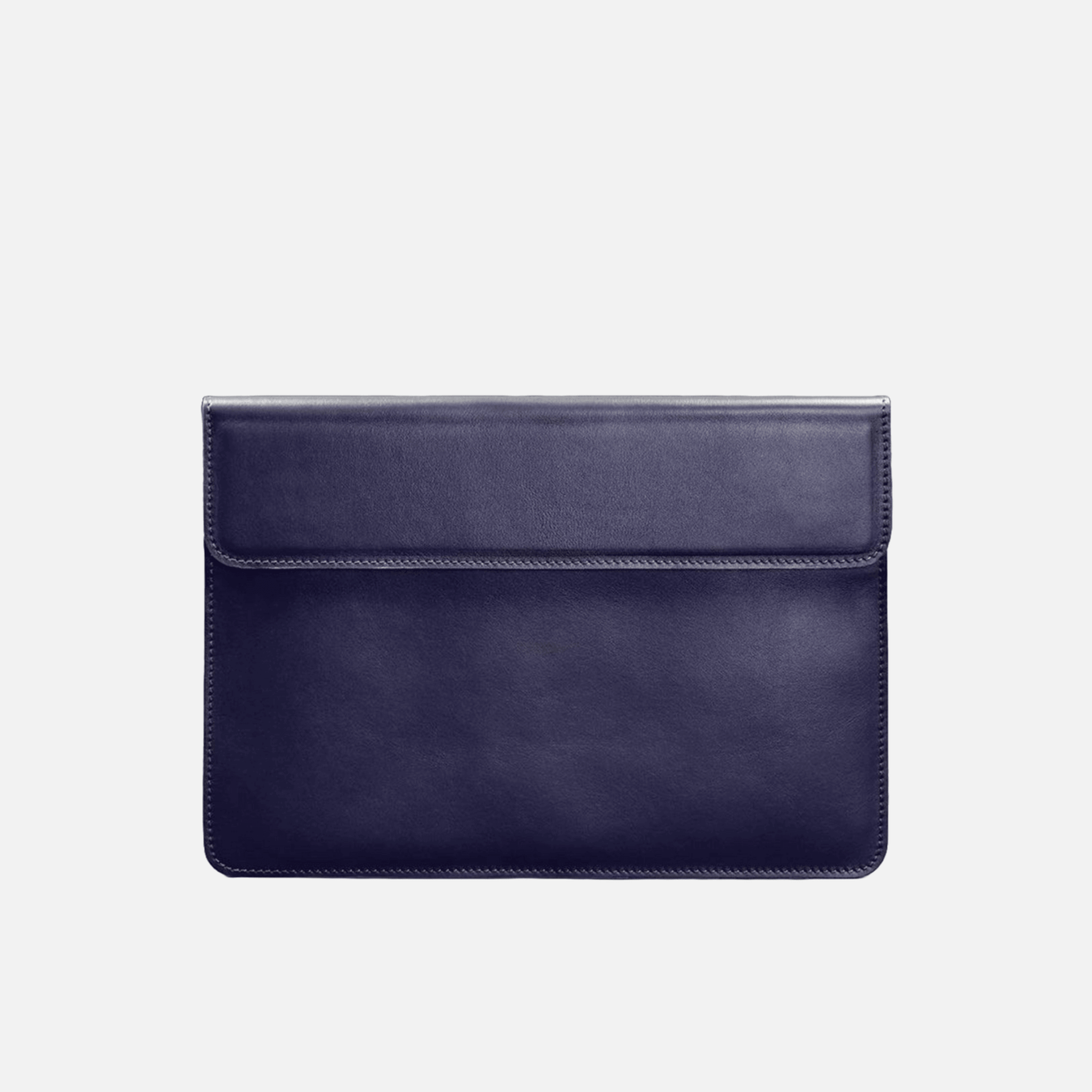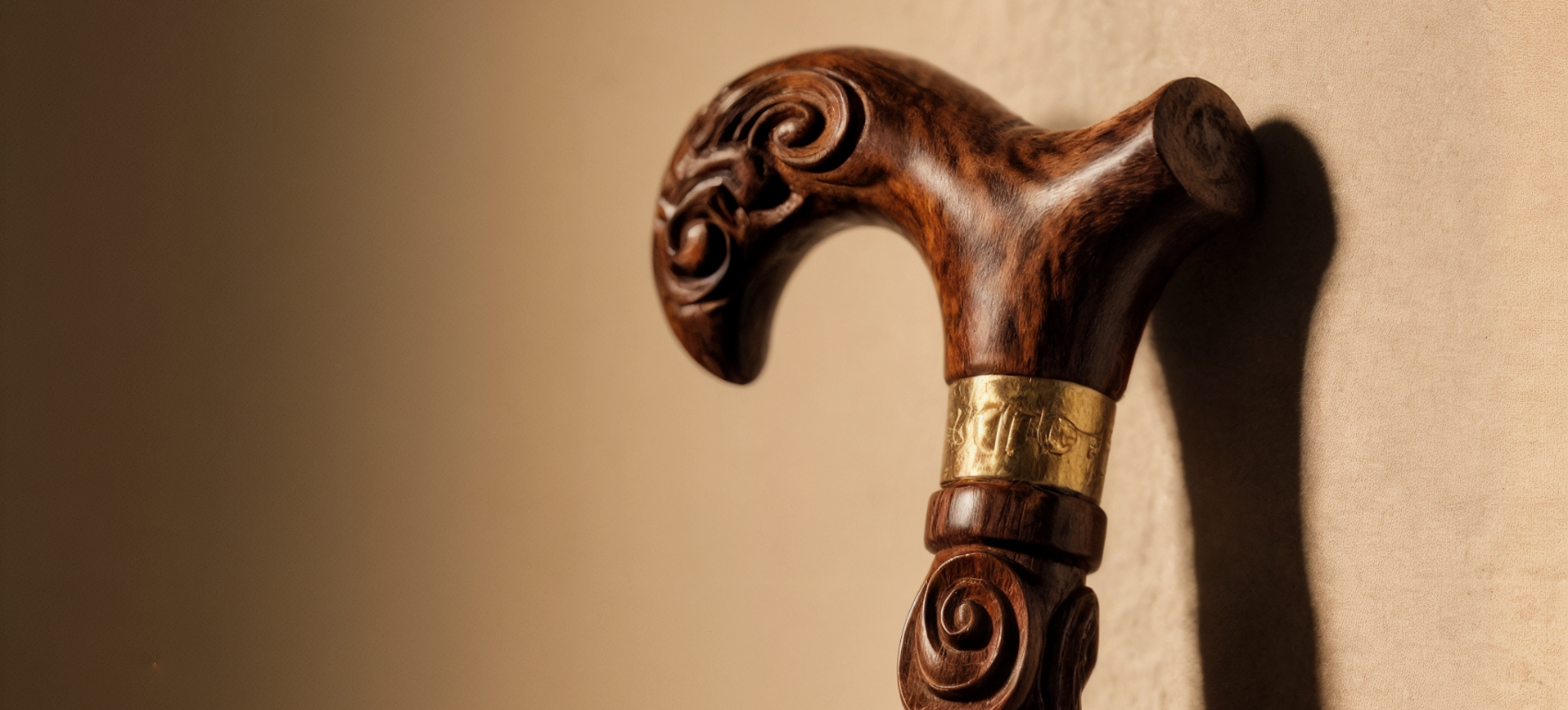
Why Hand-Carved Walking Canes Are More Than Just Mobility Tools?
Walking canes are traditionally seen as support tools—functional items meant to aid balance and mobility. But step into the world of hand-carved walking canes, and you’ll discover something far more compelling. These pieces are not just tools; they are art, history, expression, and legacy—all carved into wood.
If you think a walking cane is just for getting from point A to B, think again. Here's why hand-carved canes are so much more than mobility aids.
Why Hand-Carved Walking Canes Are More Than Just Mobility Tools?
1. A Walking Piece of Art
Every hand-carved cane begins as a raw piece of wood, shaped by skilled hands into a functional sculpture. These artisans often spend hours—even days—on each cane, carving intricate details:
-
Animal heads, floral motifs, or mythological figures
-
Textures and reliefs inspired by cultural symbols
-
Personalized initials or custom features
Each cane becomes a one-of-a-kind piece, making it not just a tool, but a wearable artwork that turns heads.

2. A Statement of Personal Style
For many, a walking cane isn’t just a necessity—it’s a way to express identity. Hand-carved canes come in a wide range of styles, from gothic drama to vintage elegance to rustic minimalism.
Choosing a cane becomes like choosing a watch or a jacket. It reflects:
-
Personal taste
-
Aesthetic preference
-
Cultural or symbolic meaning
The result? A functional accessory with emotional weight and style credibility.
3. Craftsmanship You Can Feel
Mass-produced canes may serve a purpose, but they often lack soul. Hand-carved canes, by contrast, are built with:
-
Solid hardwoods like oak, ash, or linden
-
Carefully balanced shafts for better ergonomics
-
Hand-polished finishes for a tactile experience
This dedication to craftsmanship ensures that your cane not only looks elegant but feels natural, sturdy, and responsive in your hand—day after day.
4. A Heirloom in the Making
Because each piece is crafted to last, hand-carved canes often become family heirlooms. They’re the kinds of items passed down from generation to generation—not just for their function, but for the stories embedded in them.
A custom cane can commemorate:
-
A special event or achievement
-
A loved one’s legacy
-
A meaningful symbol from your life or heritage
In this way, a cane becomes a legacy object, not just a mobility aid.
5. Symbol of Strength, Not Weakness
There’s a cultural misconception that walking canes signal decline. But hand-carved canes flip the script: they represent empowerment, resilience, and individuality.
Wielding a cane with pride—especially one that’s artfully designed—can project confidence and presence. In fact, many people choose to carry a cane before they “need” it, because it offers style, stability, and symbolic power.

6. Functional Beauty: Support Meets Aesthetic
Hand-carved canes are not just for show. They're designed to offer genuine physical support while blending beauty with biomechanics.
Look for:
-
Ergonomic handles shaped for comfort
-
Non-slip rubber tips for grip on all surfaces
-
Balanced weight distribution to reduce strain
It’s the perfect fusion of form and function—where artistry meets everyday utility.
Final Thoughts
A hand-carved walking cane isn’t just something you lean on. It’s something that supports your posture, your style, and your presence in the world. Whether used daily or on special occasions, these canes become extensions of the self—functional, beautiful, and enduring.
Investing in a hand-carved cane is more than a practical decision—it’s a celebration of craftsmanship, individuality, and timeless design.

